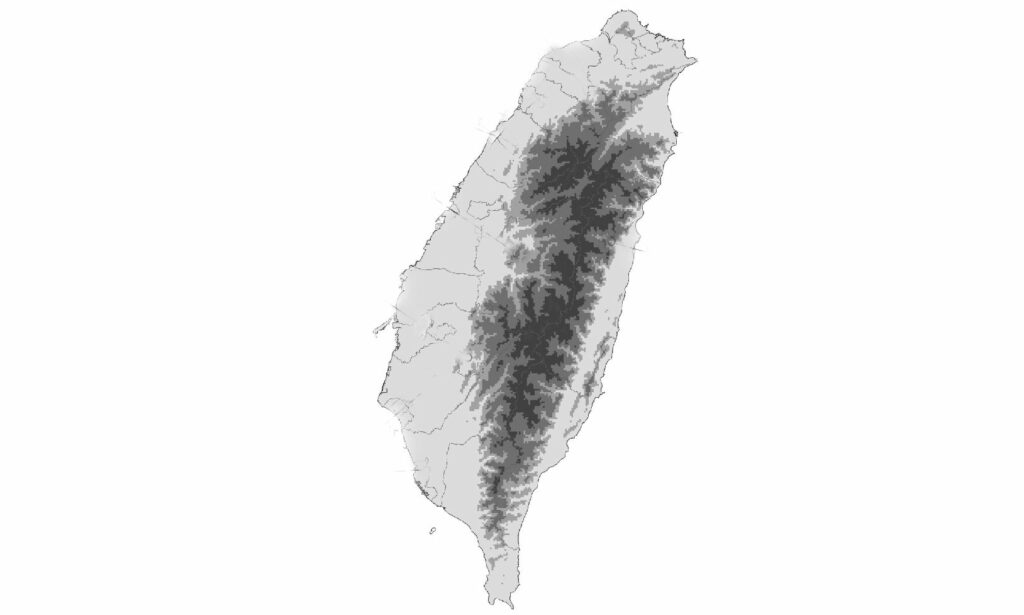Scientific Name: Neodiaptomus schmackeri (Poppe & Richard, 1892)
Synonym: Neodiaptomus strigilipes (Gurney, 1907) (Currently unaccepted)
English Name: Water Flea
Local/Bangla Name: Pani Poka (পানি পোকা), Diaptomus (ডায়াপটোমাস)
Classification:
Kingdom: Animalia
Phylum: Arthropoda
Class: Copepoda
Order: Calanoida
Family: Diaptomidae
Description:
Female: The body is sturdy, with a three-segmented urosome. The genital segment is the largest, followed by a smaller second segment. The caudal rami are symmetrical, each bearing six equal caudal setae. The fifth leg is asymmetrical, consisting of two basipod, three exopod, and one endopod segments that do not reach the distal end of the first exopod segment. A knobbed claw is present at the base of the second exopod segment, with highly chitinized denticles on its inner side. The antennule comprises twenty-five segments, with the endopod segment originating from the dorso-lateral side of the second basipod segment and armed with fine hairs between the tips of two spinnules. The length of the female ranges from 0.40 to 0.60 mm.
Male: The male has a thinner, cylindrical body, with a five-segmented urosome that is less than half the length of the cephalosome. The caudal rami are symmetrical, with the terminal processes of the antepenultimate segment slightly longer than the ultimate segment and distally slightly recurved. The left fifth leg is very short, with a long, stout, and curved claw present on the terminal part of the second exopod segment, referred to as the third exopod segment. The distal end of half of the inner part of the claw is striated. The cylindrical, narrow, and ring-shaped endopod bears a row of fine hairs between the tips of two spinnules. The short left fifth leg consists of two basipod, three exopod, and one endopod segment, with the proximal half of the inner margin of the endopod segment slightly swollen. The length of the male ranges from 0.30 to 1.25 mm.
Life Cycle: The life cycle includes two main stages, nauplius and copepodids. Before molting to adulthood, it passes through six different naupliar and five copepodid stages. External segmentations are absent in newly hatched nauplius larvae, but significant changes occur during the molt to the copepodid stage, closely resembling the adult form.
Habitat & Distribution in Bangladesh:
Commonly found in the rivers of Bangladesh.
Environment:
Freshwater
References:
Ahmed ATA, Kabir SMH, Ahmad M, Rahman AKA, Haque EU, Ahmed ZU, Begum ZNT, Hassan MA, Khondker M (eds.) (2008) Encyclopedia of Flora and Fauna of Bangladesh, Vol. 18. Part II. Arthropoda: Crustacea. Asiatic Society of Bangladesh, Dhaka, 226 pp





